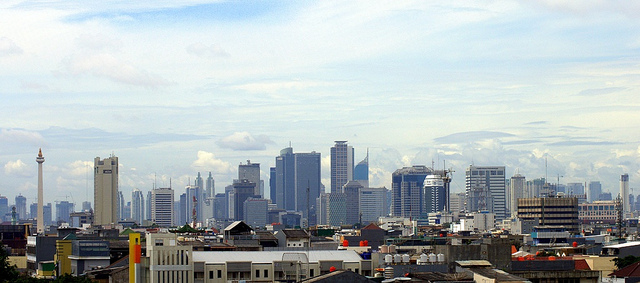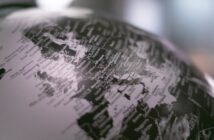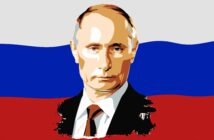This post has been updated from the original article posted on January 8 2016.
In the wake of the explosions in Jakarta and the first anniversary of the Charlie Hebdo attacks in Paris, the OU’s Professor Marie Gillespie reflects on some of the issues raised.
In June last year she hosted a forum that brought together an unusual mix of people – professionals and public figures to discuss religion and politics together. They debated the “chain reaction” in media and society reproduced after terrorist events.
She said: “The key aim of the forum was to create a better understanding of the ritualized cycles of insecurity triggered by political violence in the name of religion. By this we mean a structured, patterned, chain reaction that is reproduced with each terrorist event. The cycle goes like this: a violent event is followed by intensified breaking news and commentary, heated public debate and knee jerk policy responses by politicians to tighten security. The events are embedded into news cycles, things calm down – until the next time. ”
The forum brought together key people from across sectors in order to create a multifaceted debate. It was aimed at breaking these ritualized cycles of insecurity. The ultimate goal being to find more enlightened ways of framing the problem and finding better solutions.
“Given the apparent failure of government policy thus far we asked: ‘why have we been so inept at understanding and tackling the root causes of religious and political violence?’,” said Professor Gillespie.
The report produced, based on contributions to the forum, concluded that one of the main problems is the profound gulf in understanding and purpose between policy makers, journalists, religious and community organisations, researchers and citizens. These gaps, the group found, pose serious obstacles to breaking the cycles of insecurity based around deeply engrained, patterned responses to religious conflict, political violence and its reporting.
“For decades, as researchers we have been documenting and analyzing political violence in the name of religion but our research seems to have little impact on the ‘cycles of insecurity syndrome,” she said.
“This is the case despite the fact that our research has long suggested a certain inevitability to the escalation of violent conflicts at the intersection of religion and politics. Security policy should be driven by an accurate understanding of the root causes of the problem which are historical, complex and multi-faceted.
Over decades media change, governments change, terrorist groups change but what is startling is that knee-jerk policy responses remain the same and trigger the same chain reaction – so we have to break this cyclical reproduction of insecurity.
A fundamental question addressed by the forum was how best to frame the problem.
“Our research takes an holistic approach to tackling the problem of political conflict and violence. We undertake case studies of particular events through the analytical prisms of religion, politics, policy and social media – balancing concerns with each and studying their inter-relationships.
“We draw on solid longitudinal research evidence that we have gathered over three decades. We then offer a judicious assessment of the range of factors involved and how they come together in any one event,” said Professor Gillespie.
“We call this the media security nexus. Through these analyses we propose a series of policy recommendations that politicians, media, religious groups and researchers can consider aimed at breaking ritualized cycles of insecurity.”
Research exploring these issues through multi-faceted analyses that involve diverse publics face new problems with each event. The media-security nexus is constantly evolving and changing despite the ritualization of policy responses. For example, in March 2015 The Open University and Eyewitness Media Hub hosted a closed forum for 60 invited journalists to discuss the main challenges of using eyewitness media during breaking news events.
The forum took the Paris attacks in January 2015 as its central focus and specifically debated footage posted on Facebook of the shooting of the policeman. The event was conducted under the Chatham House Rule because the ethical, legal and editorial issues are difficult for journalists to discuss openly. Participants were encouraged to share the problems and dilemmas that they encountered when handling graphic, violent photographs and videos sourced from the social web.
Professor Gillespie said: “There was a huge variation in how major news agencies and news media organisations, including the BBC World Service and France 24 handled the eye-witness accounts that formed a major part of the representation of the attacks.
The minefield of legal and ethical issues that eyewitness media present and the impact of violent images and sources from the internet present serious legal issues.
“Some journalists felt that it was unrealistic to achieve informed consent when breaking news events occur due to the pressures of reporting in real time – and went ahead and used the images without permission. Others waited for permission.”
The report based on the forum formulated a much needed set of recommendations centred on sharing best practice in newsrooms and standardising the new rules of engagement with eyewitnesses in particular.



